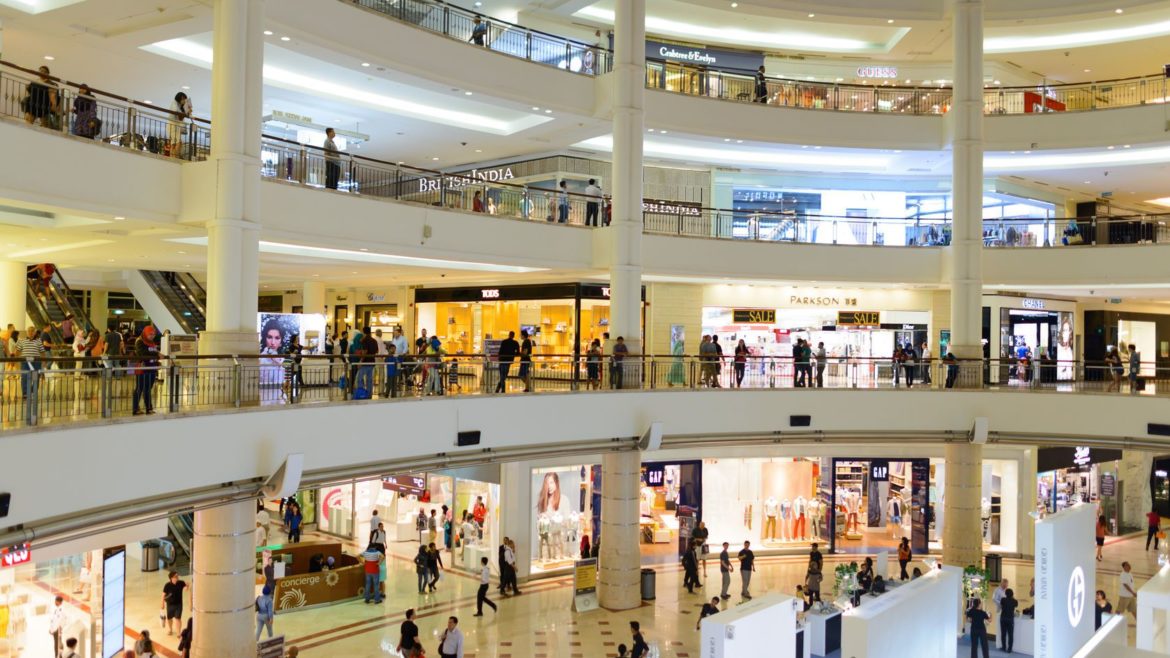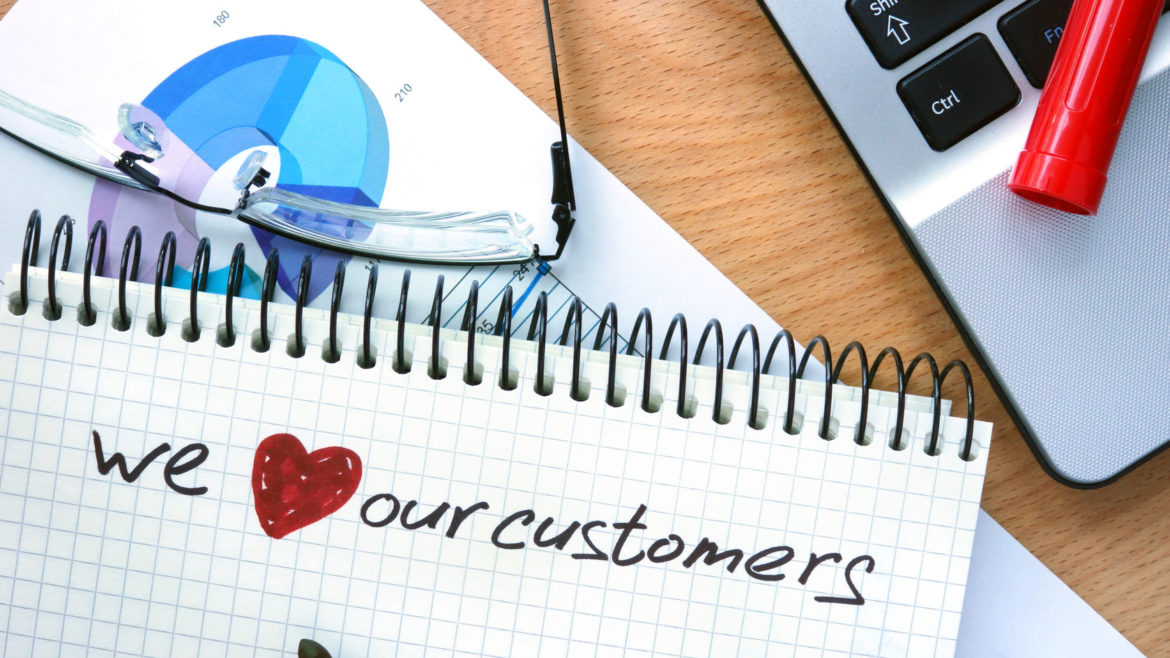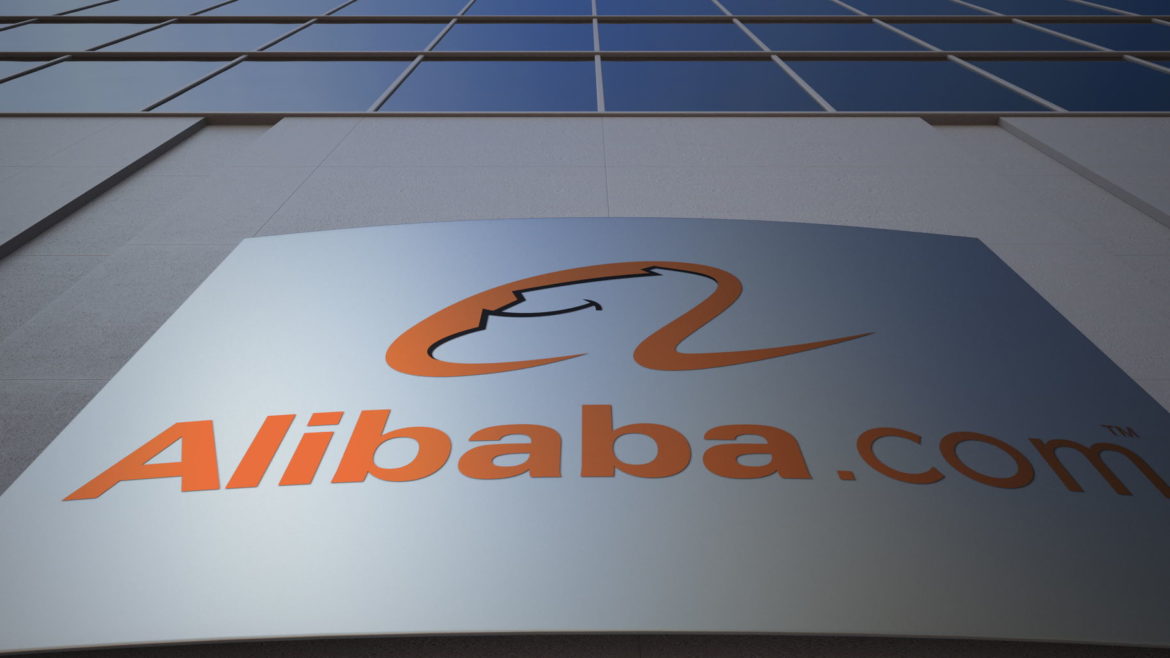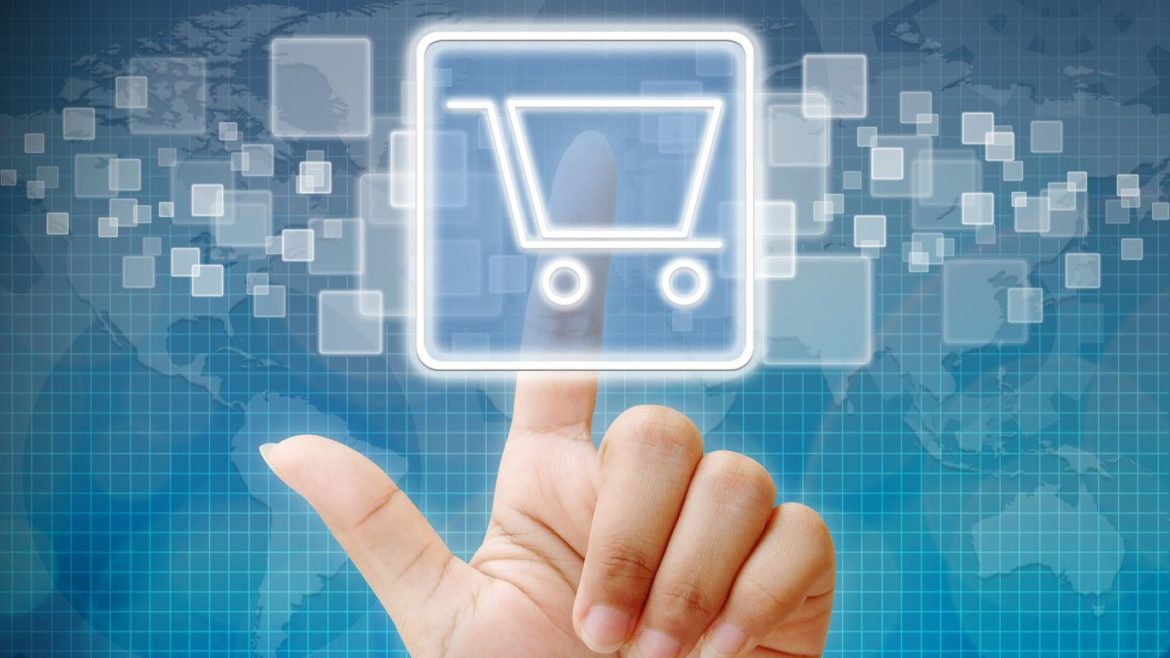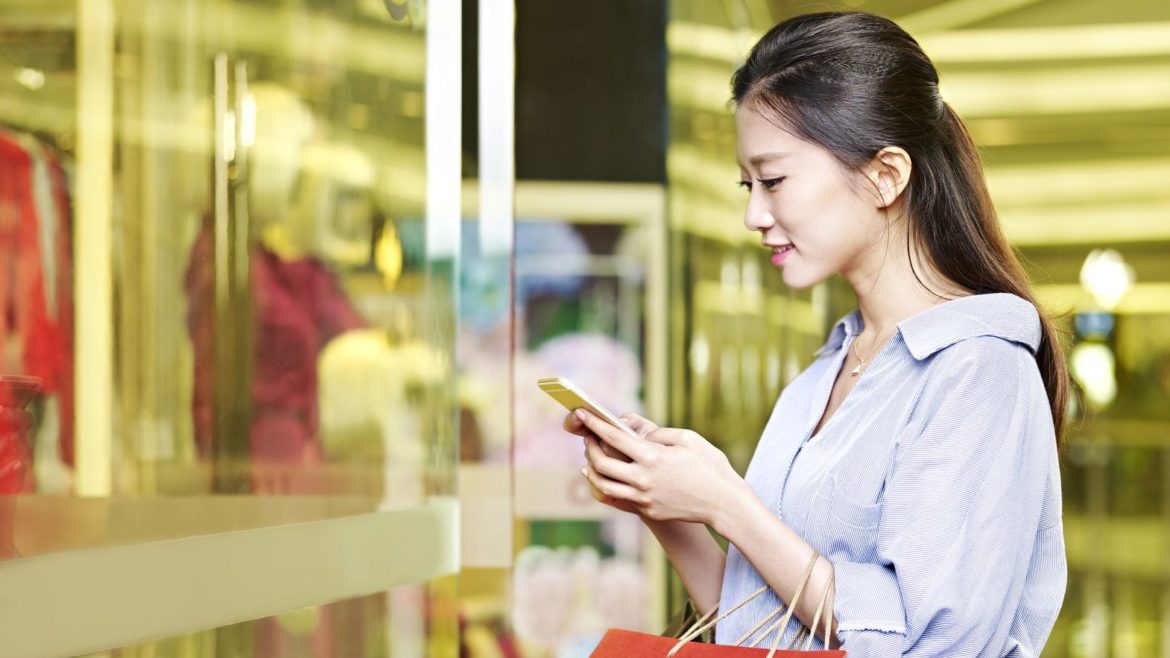Over the past 15 years, pop-up stores have become a very effective marketing tool to boost sales for brands and retailers. To what extent has this trend changed the face of retail? Petr Šafář, Head of the Retail Division at Altavia Česká, tells us more about this trend, which he believes is set to grow in the future.
First of all, can you tell us a little more about yourself, your career in the retail sector, as well as the position you occupy at Altavia Česká?
I work as Head of the Retail Division. Two years ago, we created a Retail Hub at Altavia Prague which concentrates our vast experience in design, development, production and the implementation of complex branded retail environments like store concepts, shop-in-shops, pop-up stores, displays and events on the move such as roadshows. All sorts of projects for top brands that we implement all around the world with the team and our suppliers.

Petr Šafář, Head of the Retail Division at Altavia Česká
I have a Master’s degree in architecture and construction and started out my career focusing on the design and construction of public buildings, public spaces, parks, leisure centres and sport halls in Europe and Australia. It was at that time that I began studying brand marketing and saw a great opportunity to pursue a career which would combine these two fields of expertise. I moved back home to Europe and was offered a job at the Prague-based international agency which was developing unique environments and concepts for global brands. My first project was the development of a unique two-story adidas shop-in-shop which we set up in London, in the Harrods department store. My second project was a new global shop-in-shop concept for Guess jewellery and watches which we developed and rolled out across the entire Northern Hemisphere. I mention this because these projects opened up the world of retail at its best for me and I was really impressed by the quality of the design, premium materials and the skills and experience of the people I had the chance to work with. I acted as an interim manager at adidas HQ in Germany on several occasions, and spent years working on a large number of store concepts, campaigns, events and other marketing projects that this brand and other presented to the world of retail. After a few years, I started my own company focusing on design, project management and installations and subsequently met Rodolph Crozier, Director of Altavia Česká. This led to the founding of the Retail Division in Prague.
The last decade has witnessed the rise of pop-up stores. To what extend – and how – have they changed the face of retail?
Very good question. To answer that we have to go back to before the year 2000. At that time, all the major brands created their store concepts as Brand Temples. They wanted to show off brand success in their stores and their branded environments were designed to demonstrate the strength, universality and ubiquity of the brand. They built closed environments designed for loyal customers who were following a “brand religion” and the trends they set. Only windows were used to attract potential customers to enter a store.
This approach – creating, developing and implementing such concepts – consumed huge amounts of money, manpower and time. However, if accomplished properly, the brands had their “temples” admired in shopping malls and high streets and successfully boosted sales. But ten to fifteen years ago the acceleration, new trends in retail, digital marketing and new platforms changed it all. The “old” brands realised that they are not in touch enough with potential customers, using outdated marketing techniques and struggling to present products or brands in a fresh, cost effective and attractive way.
On the other hand, in the last decade, hundreds of new brands and start-ups have emerged that have taken a different approach. They realised that to be able to compete with big names and with limited resources, they needed to get in touch with real people again, to look outside of their “bubble”. They adopted pop-up stores as a marketing tool to boost marketing and sales very effectively. And traditional brands quickly followed suit. Pop-up stores and events are placing the emphasis back on the customer experience, innovation and sales growth, but also represent an opportunity to explore new markets and to test new concepts.
How would you explain why pop-up stores have been so successful in the past few years?
Finance, Interaction and Scale. Physical stores are great, but they require a considerable long-term investment and commitment. Pop-up stores are a quick way to build solutions that give the brand a sense of demand, generate brand awareness and create a buzz. They also provide a way for brands to build a relationship with customers in person, offering unique experiences that can be shared.
Have pop-up stores become a mandatory step for any brand wishing to stand out? Who should benefit the most from a pop-up strategy in the retail industry?
Pop-ups offer a chance for companies to identify and understand their choices more clearly and go a long way to helping brands increase sales and diversify the product mix. This means that both customers and brand benefit.
Shop-in-shop, corner, standalone pop-ups: what makes these models different and to whom are they best suited?
Shop-in-shop is usually a takedown of an existing own store concept. Part of a store is rented by a retailer to a brand. This creates a very effective retail environment, and the modern pop-up store definitely has a lot in common with a shop-in-shop. The difference is that a shop-in-shop is a permanent multi-media solution for well-developed brands and requires long-term commitment and investment. On the other hand, pop-up stores are a valuable brand activation tool to help reach target audiences. They generate excitement and a sense of urgency, and provide an opportunity to test solutions that might be adopted later for a shop-in-shop.
How to attract the right customers to a pop-up store, whether in terms of location, experience and retail design?
Of course, the choice of the perfect location is essential. Pedestrian traffic is a must. There are several types of pop-ups – pop-ups inside stores, kiosks or booths in the middle of malls, vacant street-level retail spaces or pop-up spaces built for cultural or sports events. This means that the variety of possible solutions, locations, times and design is infinite and requires experienced planners. The planner should also always consider what stores will be installed next to the planned pop-up. Sometimes pop-up stores are implemented as a roadshow which means the design, engineering and materials need to be precisely developed and chosen taking into account the multiple installations, dismantling and storage of the dismantled store.
Moreover, it is a must to use social media before, during and after the event to build anticipation. It is also essential to hold special events to bring in extra attention.
Through which metrics/KPIs can brands and retailers best gauge the effectiveness of a pop-up strategy?
Brands should always set clear objectives, intentions and goals to determine what they want to accomplish. Based on these objectives, they can track the success both quantitatively a qualitatively. This means they can track traffic, sales conversions, impact on website traffic and dwell times, or observe customer motivations and direct responses to various designs and products.
Which pop-up concept has impressed you the most so far and why?
Samsung Cube, a pop-up store by our partner architects. It was designed and developed for Samsung and was built on one of Prague’s main squares for Signal Festival, a renowned cultural event held in Prague. The design reflected the magic of the festival – the art of light, design and emerging technologies– with approximately 2 million visitors each year. Samsung wanted to show off their mobile phone portfolio in a pop-up store using the motto: “Dream, experience, create big things”. The atmosphere, traffic and media coverage was a huge success. I liked every aspect of the project in terms of client wishes and of course the design, location and execution. In my overall experience, I’ve found various pop-up stores by Jack Daniels to also be excellent examples, whether trucks at cultural events, old-fashioned pop-up bars in shopping malls or merch pop up stores at airports.
In your opinion, what new trends in the pop-up retail sector are to be expected in the coming months?
What I see nowadays is a focus on ad-hoc concepts which are designed for seasonal but multiple use – in malls, on the streets, during cultural events and various sports events and at conferences. This type of pop-up store concept is created as a modular kit, which is very effective, easy to use, and allows marketing departments to create multiple setups and layouts.

